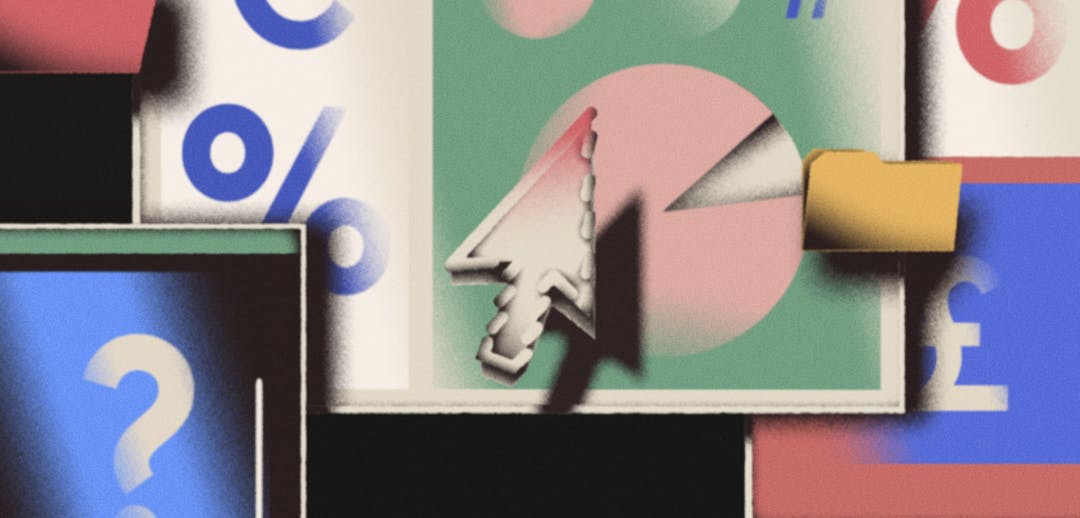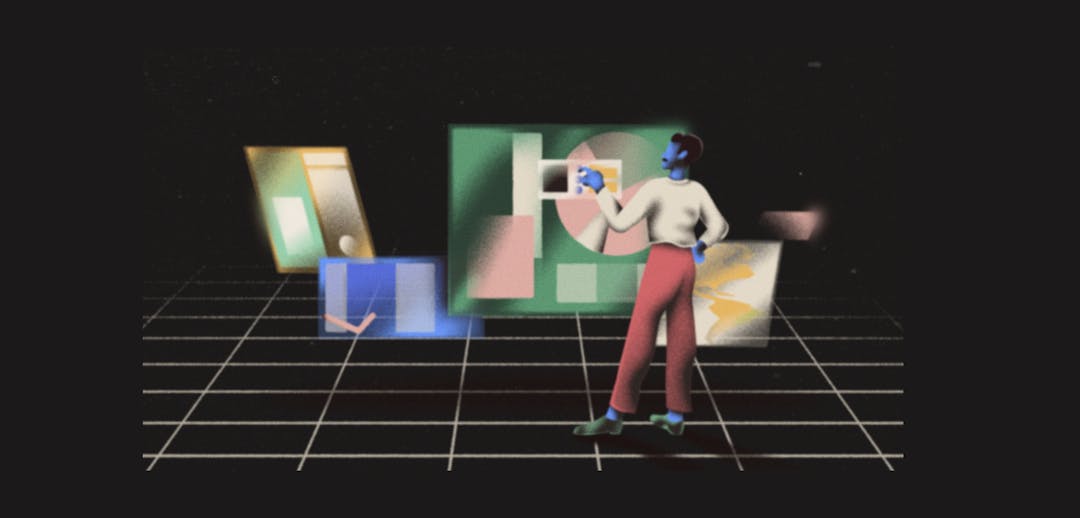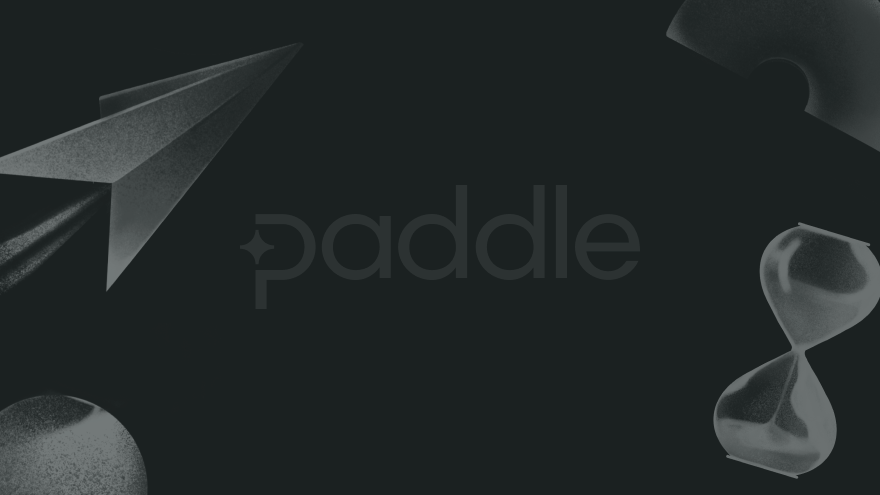On this episode of the ProfitWell Report, Ria Lao, Founder and CEO at GroupStar, has a fascinating question that you've probably thought of at some point: Should you end your subscription price in 9?
One of these tricks is to end your prices in 9 rather than a 0 or a 5. It’s a tactic used in retail products and environments, so it stands to reason that it may work in the subscription and SaaS worlds.
So to answer this week’s question, we designed a pricing experiment with just over ten thousand potential buyers. Here’s what we found:
The theory behind ending your prices in a 9 actually stems from a J.C. Penney study that was done in the early 1900s in their stores.
They determined that when someone saw a price that ended in 7, 8, or 9 there seemed to be a feeling that they were getting a deal and this created a level of urgency that then pushed them to buy.
As the research expanded over the years, economists essentially found that if you wanted to be perceived as a luxury good you ended your prices in 5 or 0 and if you were more of a discount good or wanted to be perceived as a deal, you’d end your prices in a 7, 8, or 9.
Walk into any luxury jewelry store and you’ll see all fives and zeros. Luxury discount companies like Gilt Groupe will also show all before prices with fives and zeros, and all after prices in "7"s, "8"s, or "9"s.
In software, data indicates that ending your prices in 9s does help some sectors of the market, so we designed an experiment where we measured qualified conversion of the same product when the prices ended in 0 and then compared to the same product when the price was simply ending in 9.
What you’ll notice in the data is that conversion tends to be 15 to 20% higher for lower ARPU products, those that are selling for less than $200 per month in particular.
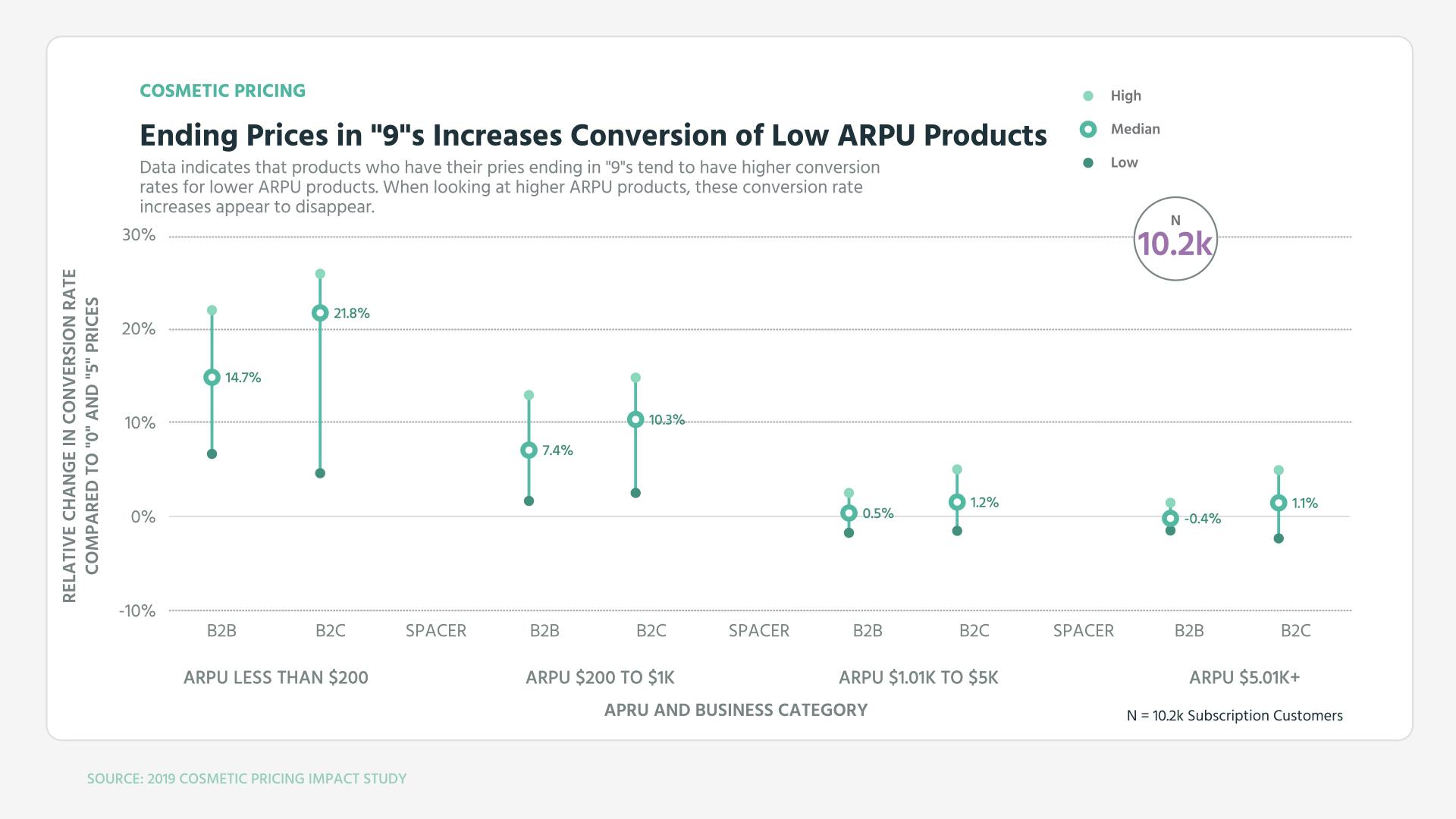
As you get over that dollar amount this conversion power starts to diminish and basically trends to 0 with some natural variation, especially when you get into products over five thousand dollars per month.
So you should probably just end your prices in "9"s if you’re lower ARPU right? Well, not exactly. The problem comes into play when you’re looking at conversion.
We didn’t have a ton of data on this, because not a lot of companies have tested this tactic, but when comparing customers who converted with a 0 based price versus those with a "9"s based price, you’ll notice that the "0"s have roughly 10% better net retention than those who converted with a 9 based price.
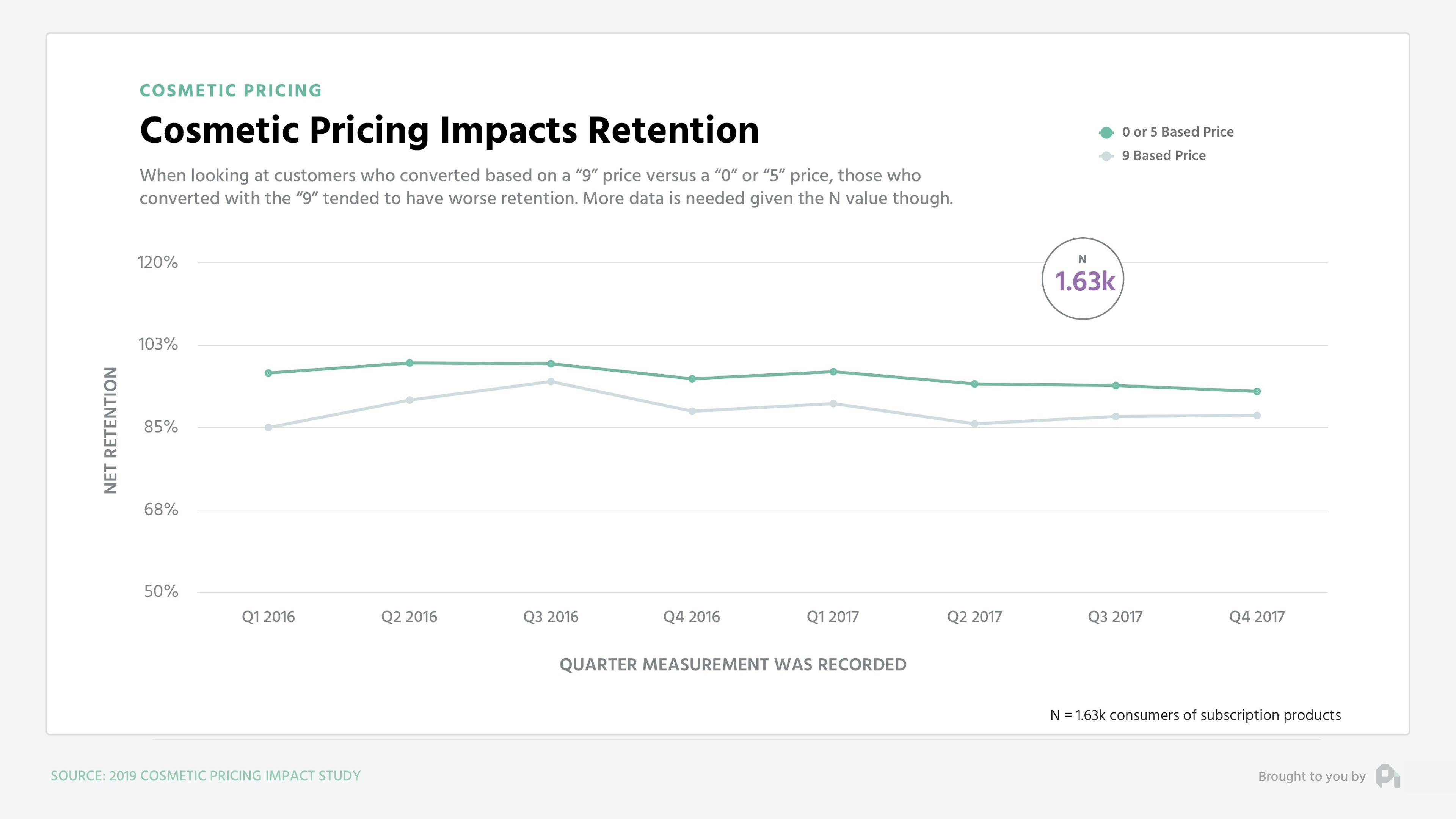
Why is this happening? Well, keep in mind that the individuals converting from a 9 based price are feeling like they’re getting a discount, and long time viewers of the show know that discounted customers tend not to be the best customers for lifetime value and retention.
When you’re doing a 9 based price in a retail product, you don’t necessarily care as much about the repeat purchase, because you’re just trying to spur that one time purchase. It’s not like they’re buying that coat as a subscription.
So what should you do? Well, this is something you need to test in your business individually unfortunately. There isn’t a very clear heuristic, but keep in mind that if your monetization strategy is terrible, this type of tactic is not going to save you at all.
Check out our Paddle Studios video about ending prices in 9s:



